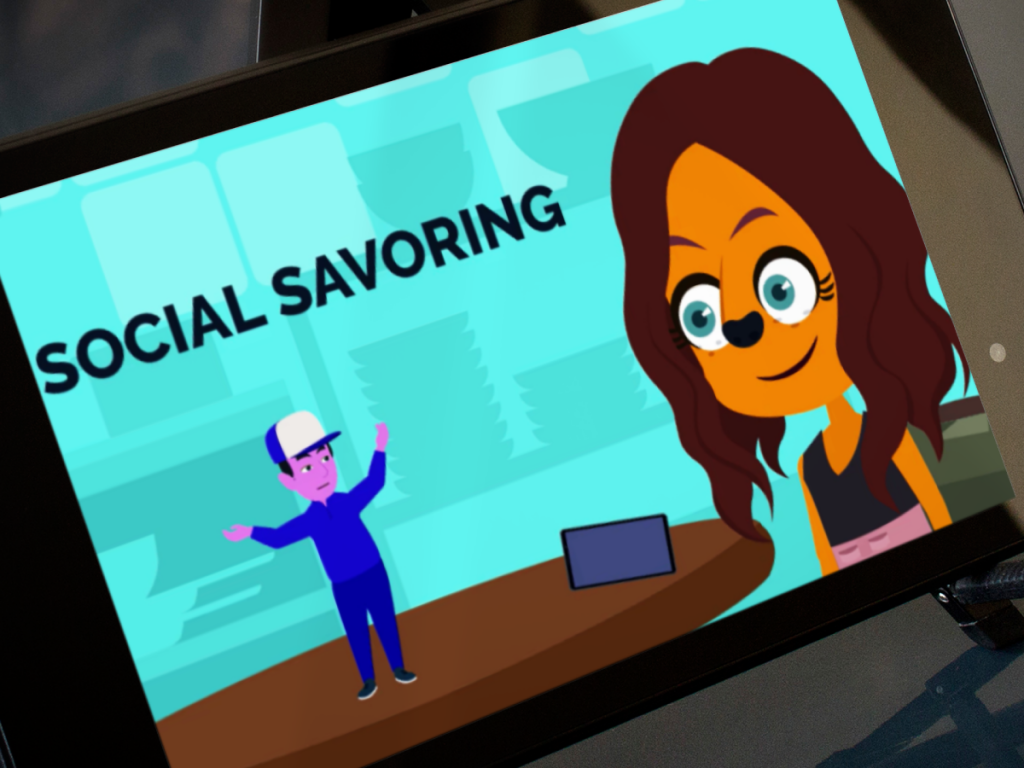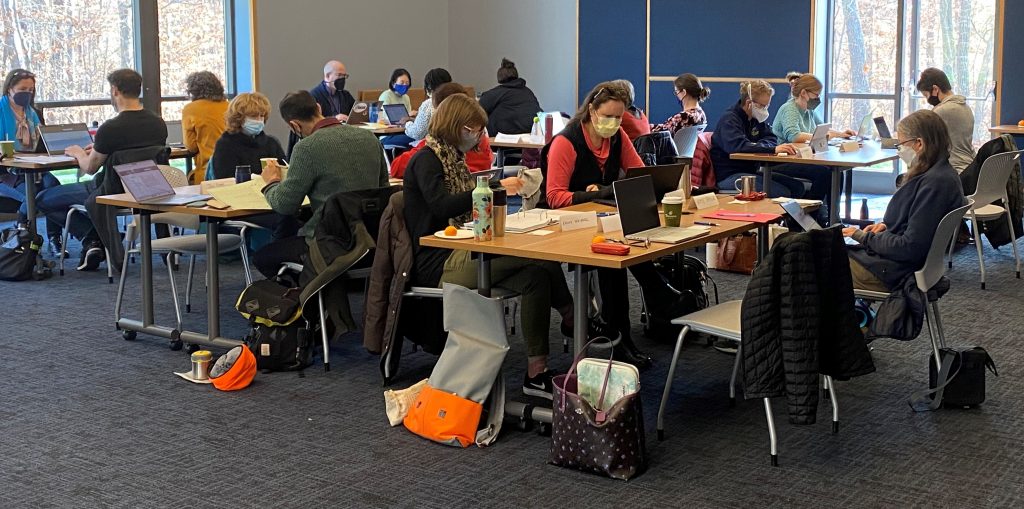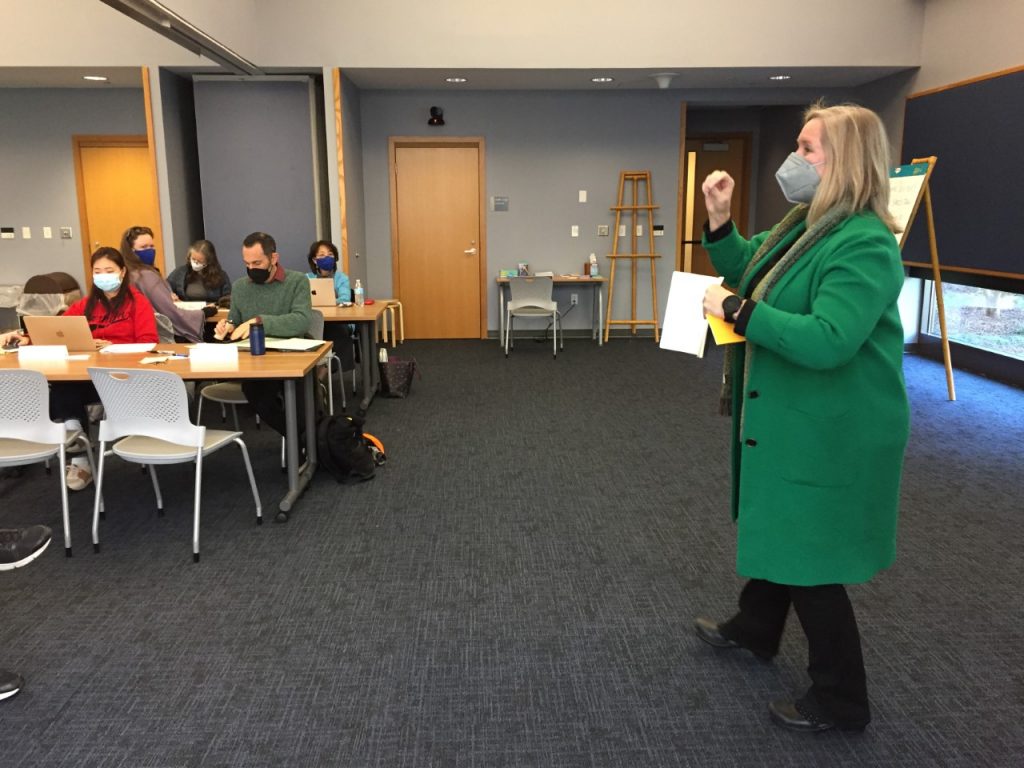Note: Each year, we partner with Dr. Amy Sheck’s students at the North Carolina School of Science and Math to profile some unsung heroes of the Duke research community. This is the second of eight posts.
Meet a star in the realm of academic medicine – Dr. Kyle Todd Mitchell!
A man who wears many hats – a neurologist with a passion for clinical care, an adventurous researcher, and an Assistant Professor of Neurology at Duke – Mitchell finds satisfaction in the variety of work, which keeps him “driven and up to date in all the different areas.”

Dr. Mitchell’s educational journey is marked by excellence, including a fellowship at the University of California San Francisco School of Medicine, a Neurology Residency at Washington University School of Medicine, and an M.D. from the Medical College of Georgia. Beyond his professional accolades, he leads an active life, enjoying running, hiking, and family travels for rejuvenation.
Dr. Mitchell’s fascination with neurology ignited during his exposure to the field in medical school and residency. It was a transformative moment when he witnessed a patient struggling with symptoms experience a sudden and remarkable improvement through deep brain stimulation. This therapy involves the implantation of a small electrode in the brain, offering targeted stimulation to control symptoms and bringing relief to individuals grappling with the challenges of Parkinson’s Disease.
“You don’t see that often in medicine, almost like a light switch, things get better and that really hooked me,” he said. The mystery and complexity of the brain further captivated him. “Everything comes in as a bit of a mystery, I liked the challenge of how the brain is so complex that you can never master it.”
Dr. Mitchell’s research is on improving deep brain stimulation to alleviate the symptoms of Parkinson’s disease, the second most prevalent neurodegenerative disorder, which entails a progressive cognitive decline with no cure. Current medications exhibit fluctuations, leading to tremors and stiffness as they wear off. Deep brain stimulation (DBS), FDA-approved for over 20 years, provides a promising alternative.
Dr. Mitchell’s work involves creating adaptive algorithms that allow the device to activate when needed and deactivate so it is almost “like a thermostat.” He envisions a future where biomarkers recorded from stimulators could predict specific neural patterns associated with Parkinson’s symptoms, triggering the device accordingly. Dr. Mitchell is optimistic, stating that the “technology is very investigational but very promising.”
A key aspect of Dr. Mitchell’s work is its interdisciplinary nature, involving engineers, neurosurgeons, and fellow neurologists. Each member of the team brings a unique expertise to the table, contributing to the collaborative effort required for success. Dr. Mitchell emphasizes, “None of us can do this on our own.”
Acknowledging the challenges they face, especially when dealing with human subjects, Dr. Mitchell underscores the importance of ensuring research has a high potential for success. However, the most rewarding aspect, according to him, is being able to improve the quality of life for patients and their families affected by debilitating diseases.
Dr. Mitchell has a mindset of constant improvement, emphasizing the improvement of current technologies and pushing the boundaries of innovation.
“It’s never just one clinical trial — we are always thinking how we can do this better,” he says.
The pursuit of excellence is not without its challenges, particularly when attempting to improve on already effective technologies. Dr. Mitchell juggles his hats of being an educator, caregiver, and researcher daily. So let us tip our own hats and be inspired by Dr. Mitchell’s unwavering dedication to positively impact the lives of those affected by neurological disorders.
Guest post by Amy Lei, North Carolina School of Science and Math, Class of 2025.






























